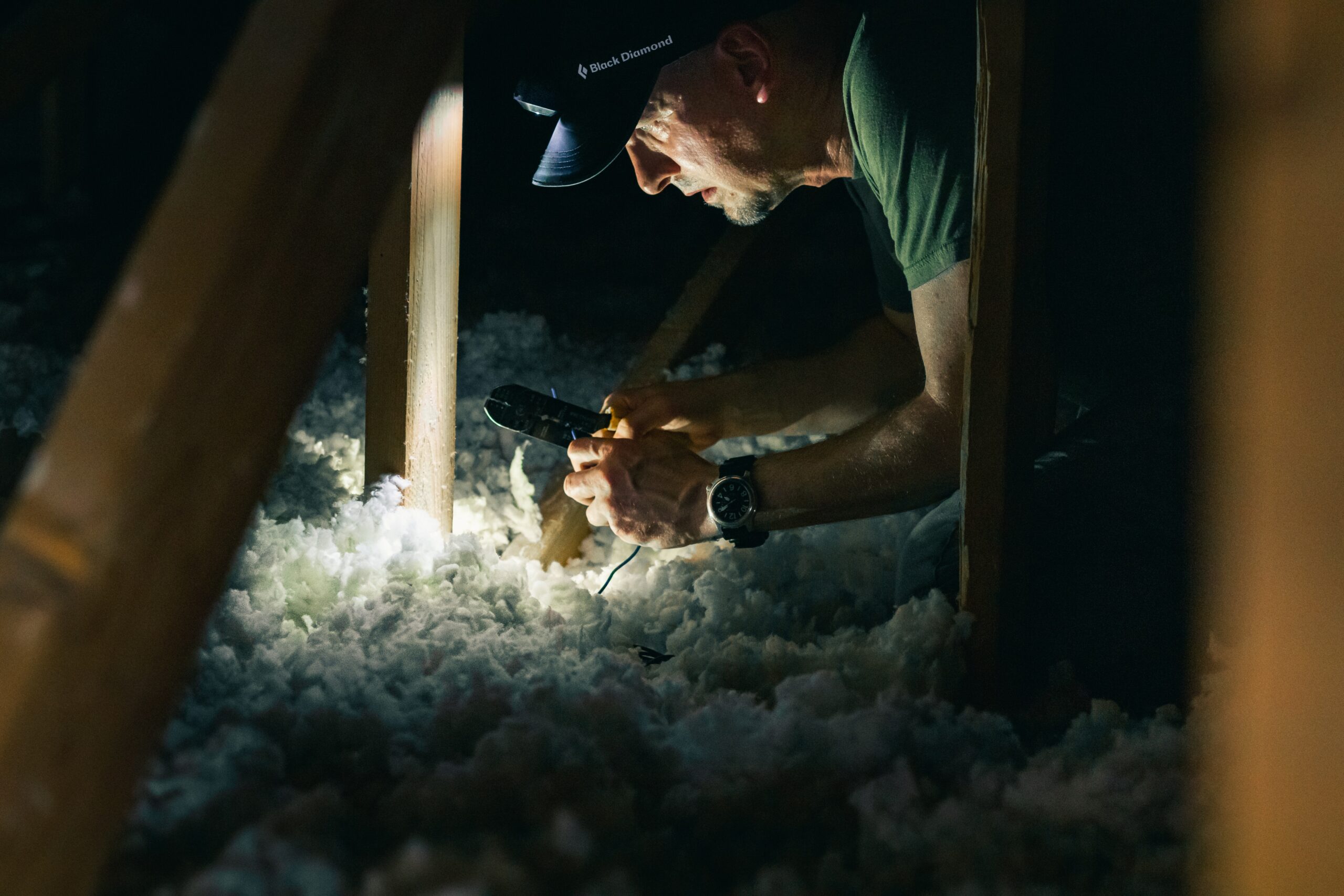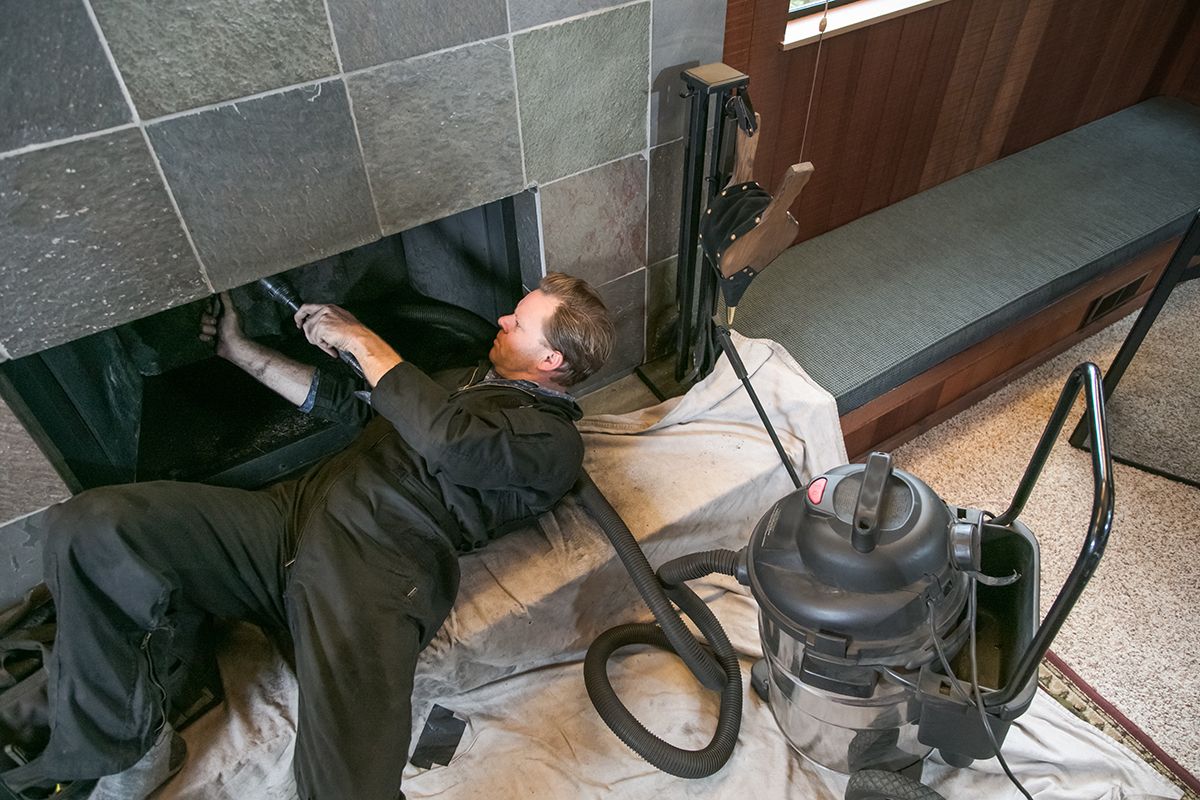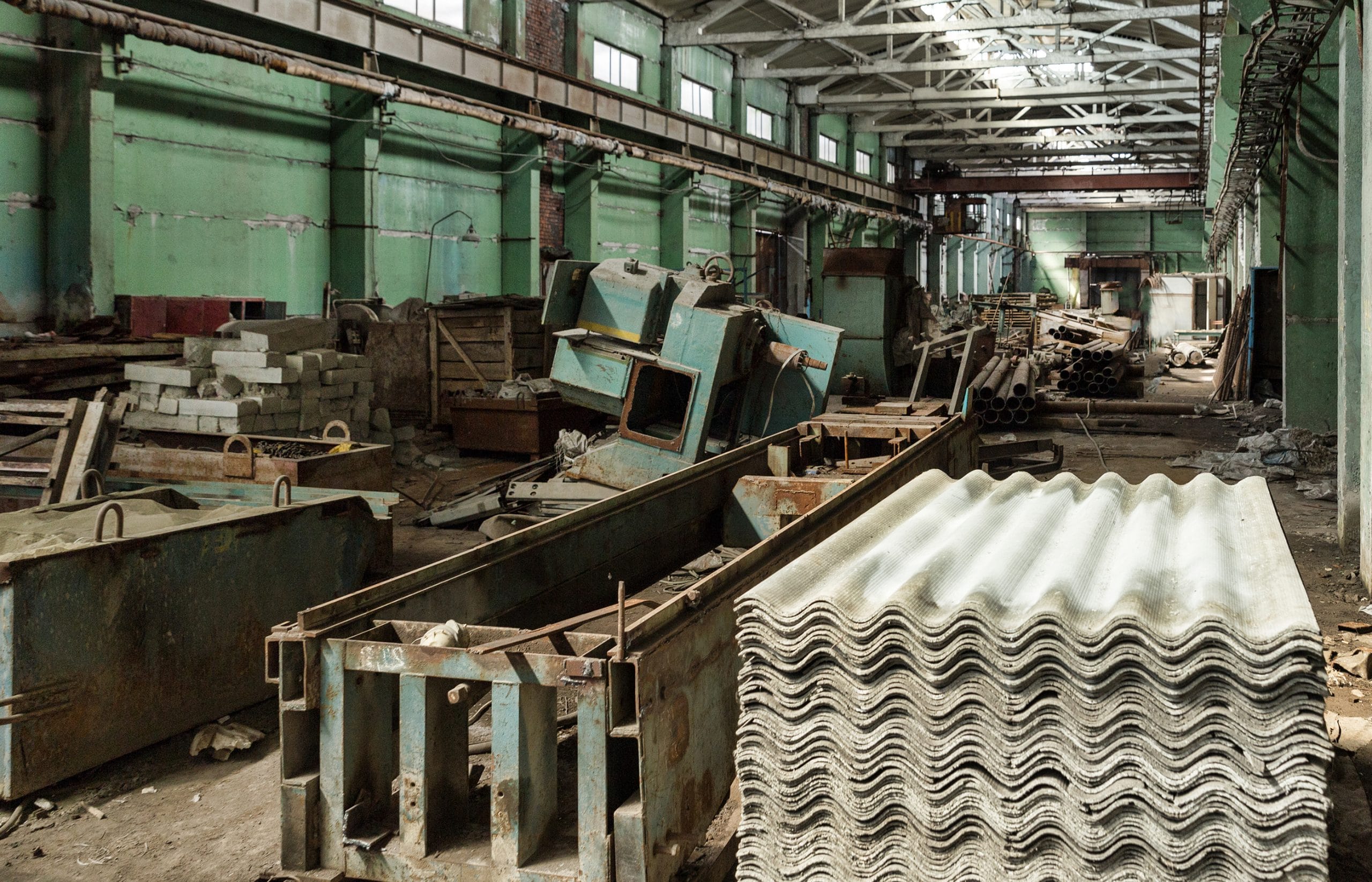Risk of Lung Cancer in the Army
Veterans and members of the United States Army are more likely to come into contact with the carcinogens that cause lung cancer. If you served in the Army then you may have been exposed to asbestos. Learn about what this could mean for you and your family.
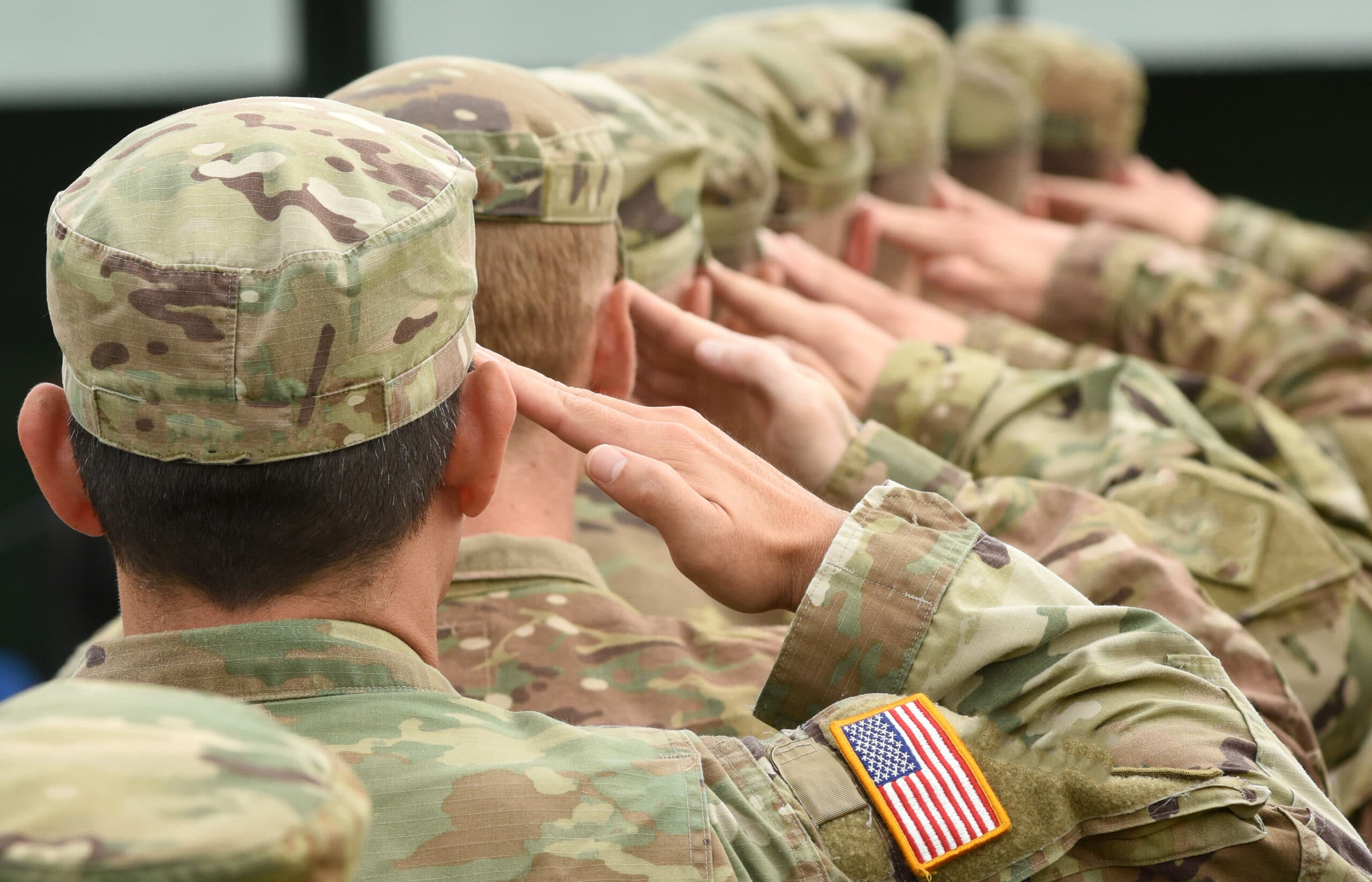
The Army and Lung Cancer
The Army, as well as the U.S. Military, has been a large user of a mineral called asbestos for several decades. Asbestos was once largely used in the production of fire-safe materials and structures before it was discovered to have carcinogenic, (and other) harmful effects on human health. After researchers discovered it’s toxicity, organizations began facilitating new laws and regulations to protect residents, civilian, and military workers from negligent exposure to the mineral. Still, the mineral wasn’t banned until after the 1970s, and Army Veterans and servicemen had already begun developing diseases like lung cancer.
Where Was I Exposed?
Some occupations and places in the Army carry a greater risk of vulnerability than others. Some high-risk occupations include jobs in the following industries:
- Armor/ Heavy Machinery
- Construction/ Demolition/ Renovation
- Maintenance
- Manufacturing
- Maritime/ Shipyards
- Milling
- Mining
- Production
If Army Veterans previously served in Iraq or other Middle Eastern (or Asian regions), they may have been exposed to asbestos if they were around older crumbling or destroyed buildings where the fibers could’ve been dangerously airborne.
Materials that could have contained the mineral are:
- Brake pads
- Cement
- Construction adhesives
- Corrugated paper
- Fabrics
- Fireproofing/insulation
- Paints
- Pipe coatings
- Rollaboard
- Roofing, flooring felt, and tiles
- Spray-applied surfacings
- Wall-patching compounds
Common Lung Diseases
Soldiers can develop asbestos-related conditions 20-50 years after prolonged encounters with the toxic mineral. Some of the most common illnesses that may develop include:
Asbestosis
When the tiny asbestos fibers get wedged in lung tissue, they begin to irritate and scratch the area. After so many years of this damage, the tissues become scarred, causing asbestosis. This can cause respiratory issues like pained and/or labored breathing and shortness of breath.
Pleural Plaques
When the minerals spindly fibers make it to the inner surface of the ribcage surrounding the lungs, this can cause severe scarring and hardening. Symptoms of pleural plaques include trouble breathing because of blocked airways.
Cancer
Annually, there are over 40,000 new cancer cases in Veterans reported. Lung cancer and pleural mesothelioma are the two most common cancers that develop from prolonged exposure to asbestos. Lung cancer is when malignant tumors develop in one or both lungs, while pleural mesothelioma involves cancer growing in the pleural space, or the tissues lining the lungs. Symptoms can include chronic cough, chest pain, and difficulty breathing among others.
The severity of symptoms can vary depending on the stage of lung cancer the patient is in and their overall health. If you or a loved one notice any of the above symptoms, visit a doctor to receive a screening and diagnosis as soon as possible.
Legal Help for Army Soldiers and Veterans
In 1989, the commercial use of asbestos was banned in the United States. Most contaminated materials were also removed from the market with this mandate. However, the ban was overturned in 1991 and only some products remained illegal. Still, there are broader laws put in place for Army soldiers and Veterans that hold companies liable for producing contaminated products that are known to damage human health.
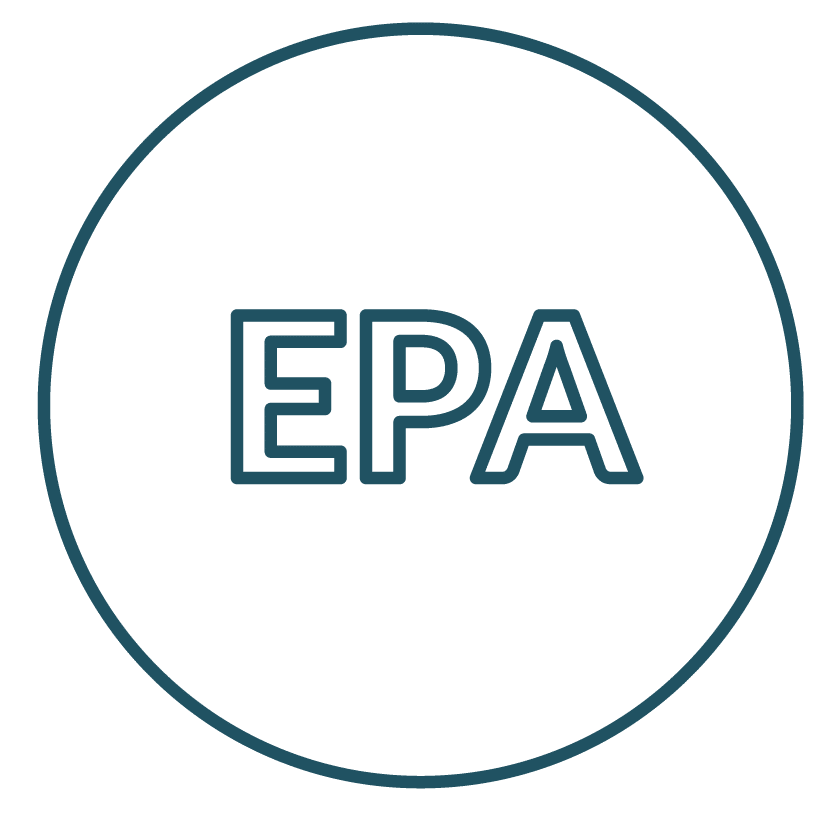
Clean Air Act
The Environmental Protection Agency (EPA) is a division of the World Health Organization, that put together the Clean Air Act in 1970. The Clean Air Act is a federal law with the purpose of protecting human health and the environment from air pollution.

NESHAP
The National Emission Standards for Hazardous Air Pollutants (NESHAP) are regulations that companies in the US must follow with regard to the handling of asbestos products and other hazardous air pollutants (HAPs) in the workplace. This law puts building owners and managers in charge of properly removing any HAPs from the area before allowing workers on the job site. There are also regulations attached to the NESHAP directing the process for demolition, construction, and renovation projects of contaminated structures.
If these laws are broken and military workers are harmfully exposed to HAPs and develop lung cancer or other illness, legal action can be taken against the responsible organizations. The legal help could be utilized to gain monetary compensation for injury or illness acquired on or because of the job. The acquired funds can then be applied to lung cancer treatments or as a supplement for lost work due to illness.
Compensation Options
Army soldiers and Veterans have multiple options for acquiring compensation for their illnesses. The US Department of Veterans Affairs (VA) has allotted monetary benefits for military members who develop disease or injury during their time of service. Veterans can file a claim for disability compensation for any health problems they attain that they believe is related to their time in the Army.
If the VA deems the soldier ineligible for compensation, they can choose to file a personal injury claim outside of the military. For these types of situations, it’s important to utilize the help of an experienced attorney who has done similar cases in the past. They’ll build a case on your behalf by gathering all required information and details surrounding the occupational exposure and medical diagnosis. They can even conduct interviews with coworkers and employers in regard to your experience leading up to and after the toxic exposure.
Helpful Resources
Besides the VA, there are other helpful organizations that offer helpful resources for Army servicemen and Veterans. Some trustworthy resources are:
Have you or a fellow Army soldier or Veteran developed lung cancer due to excessive exposure to asbestos or other HAP? Reach out for a free case evaluation from one of our experienced lawyers and have them assess the situation.
